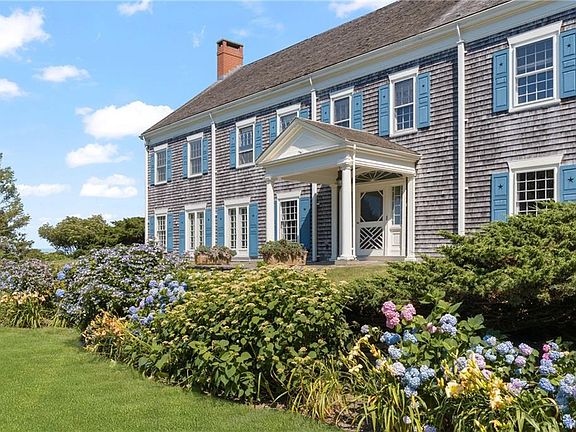

Two ells were added c.1860, and additiona expansions were made in 1967. The house is a 2½-story wood-frame structure, whose oldest portion was probably a stone ender built by Samuel Wilbor, and whose western half was added c.1740, giving it a Georgian appearance. The property includes eight buildings of historical significance, six of which were part of the Wilbor farmstead, a complex that was used for farming between 1690, when the east end of the house was built, and 1955, when the property was acquired by the historical society. The Wilbor House is a historic house museum at 548 West Main Road in Little Compton, Rhode Island, and currently serves as the headquarters of the Little Compton Historical Society. From Goosewing Beach to Dundery Brook to Tiverton’s coastal forest, he inspired a community of donors with his leadership and exceptional generosity.548 W. In 2013, the preserve was renamed in honor of John Whitehead, one of the founders of TNC’s Rhode Island chapter. Additional parcels were added from the heirs of Hope Burchard Purmont in 2016 and then again Blanche’s heirs in 2020. TNC established a preserve at Bumble Bee Farm in 2001 with land purchased from Blanche’s daughters, shortly after her passing. Her heirs are still nearby today, and help maintain the trails. Hope’s husband and grandsons created the farm ponds by digging down to groundwater and letting them fill. Hope Burchard Purmont’s family built a summer home just south of Bumble Bee in the mid-20th century. Blanche loved hard work and managed much of the farm herself. It was a place for horses and family to come together. The Whitehead Preserve is part of the traditional homelands of the Wampanoag and Pokanoket peoples.īlanche “Inchy” Borden and her husband, Alfred Frenning, began acquiring land in the area in the 1930s and named it Bumble Bee Farm. White-tailed deer, coyote, fox and raccoon are present year-round. In cooler seasons, one can find American woodcocks, great horned owls and American black ducks.Īnimals: Spring peepers, wood frogs, green frogs and gray tree frogs are abundant and heard chorusing following spring rains. In summer, look for green herons around Bumblebee Pond, on Blanche’s Path. The boardwalk provides an excellent vantage point for viewing American redstarts, common yellowthroats and blue-winged warblers in May. Signature wetland plants include skunk cabbage, jack in the pulpit and cattails.īirds: More than 60 bird species use the preserve as breeding habitat, including warblers, vireos, hawks and owls, and wood ducks. Great oaks, beeches and tupelos dominate its interior, and red maple swamps and areas of shrub create bordering wetlands. Plants: The Whitehead Preserve features an undisturbed, highly-diverse forest community. Together, they provide habitat for a wide range of plants and animals. The Whitehead Preserve is surrounded by several hundred acres of conserved land, protecting water quality in Briggs Marsh downstream.


 0 kommentar(er)
0 kommentar(er)
